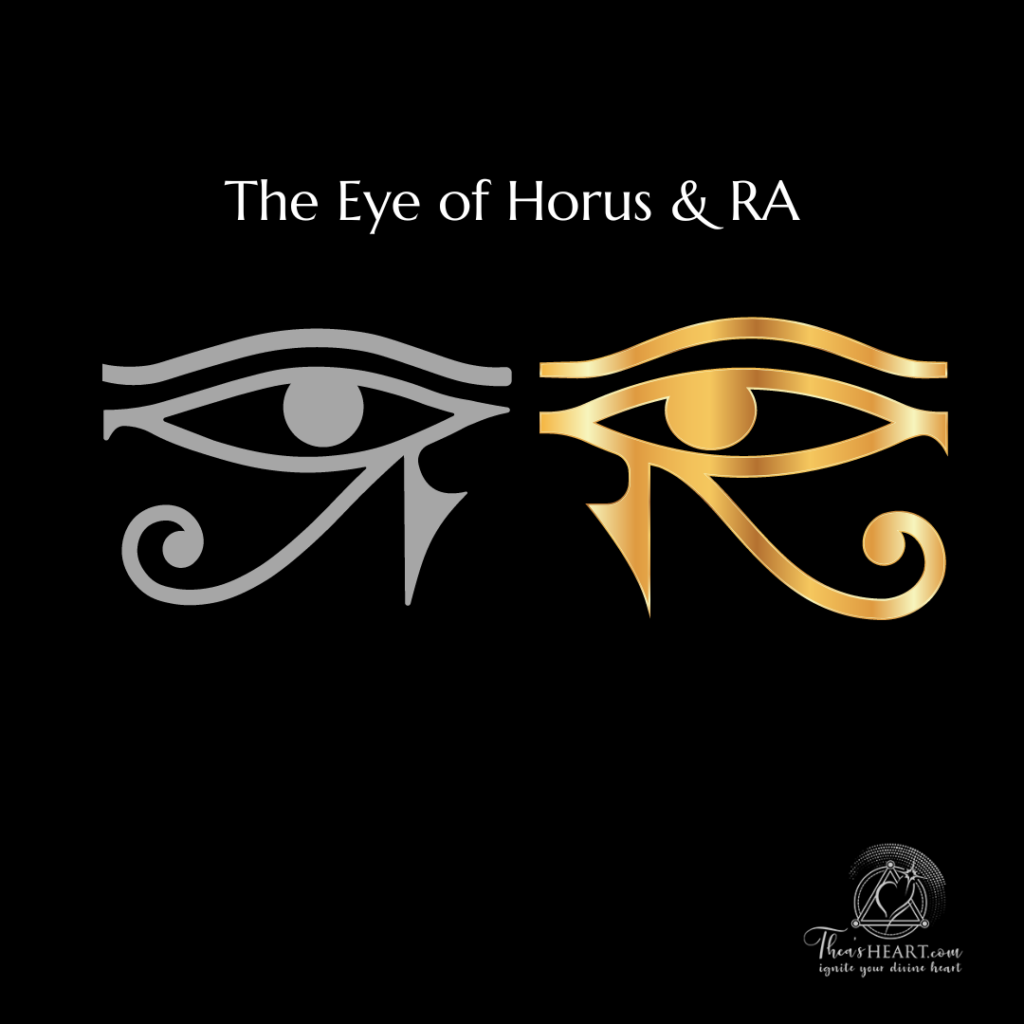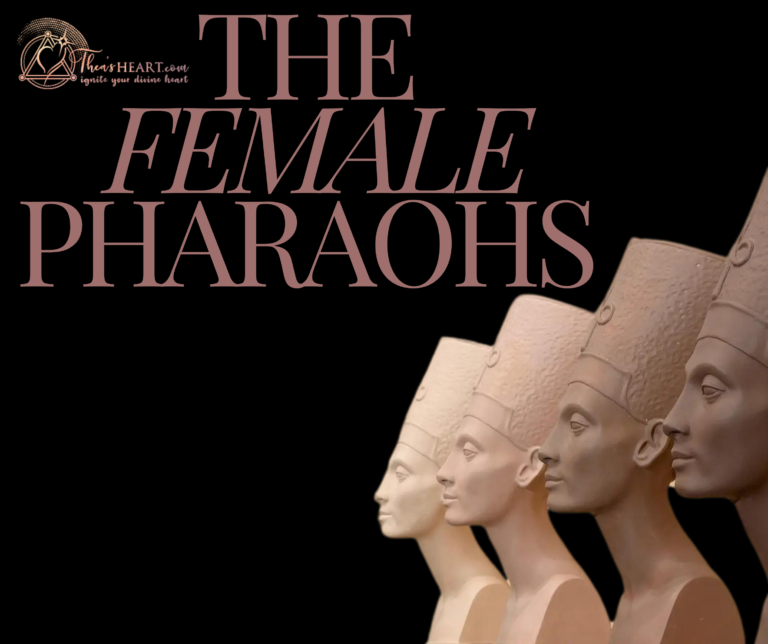The Eye of Ra
Envision a vivid mental journey without virtual reality headsets, where your mind activates all senses to create a lifelike inner realm, allowing you to perceive a landscape with hearing, sight, touch, smell, and taste, just as in the physical world. Have you ever experienced this? Here is my account.
Hearing: 1/16
Rich auditory experiences, such as orchestral compositions, have recently become common. On February 16th, the day I submitted my course, Neith: Return of the Weavers, I was awakened by the lively sounds of Rimsky Korsakov’s “Flight of the Bumblebee.” A coincidence or a cosmic wink? The course emphasizes the role of bees in ancient goddess cultures.
Years ago, during our Starseed Malta Adventure, I experienced a moment of heightened perception while meditating in a hotel room. My hearing became extraordinarily acute, and I distinctly heard an unidentified man and woman performing an operatic duet in an unrecognizable language. The intensity of their arias grew, filling the room with a hauntingly beautiful melody. Intrigued, I searched for the source of this ethereal performance. Despite my efforts, I found no origin within the confines of my hotel room. Opening the window to the bustling pedestrian traffic below, I still could not locate the source of the enchanting opera.

Hearing 1/16 and Vision 1/4
On Sunday, following a compelling urge to nap, I woke up to a vivid third-eye vision. The tune of “Love’s Theme” echoed in my mind, its composer and title eluding me. It served as the soundtrack to a captivating op-art spectacle, a dynamic array of black-and-white geometric shapes that defied centralized focus. As the melody played, a sense of inner joy washed over me. I embraced the journey, my consciousness honing in on the experience. The op-art imagery morphed into a cosmic voyage, whisking me past distant stars. Two equilateral triangles appeared side by side; I chose the left one. My mode of transport wasn’t my usual astral form, but a single-seat spacecraft with a hovercraft-like feel and a nod to the Millennium Falcon. My journey concluded on Earth, where I landed gently on a landscape dotted with grassy knolls after a few light bounces. Surveying my surroundings, I spotted standing stones akin to Stonehenge in the distance. As the vision ended, I realized that Skara Brae on Orkney Island had been the starting point of one of my soul’s evolutionary journeys on Earth, perhaps around 5,000 years ago.

In Egyptian mythology, the left eye is associated with Horus, and various sources claim it symbolizes healing, protection, and good health. Other associations include the falcon, the moon, and feminine energy. Likewise, the right eye is associated with Ra, symbolizing power, protection, and healing. In my opinion, the two eyes could be seen as pathways of perception that, when unified into a single eye—the third eye—become another framework for perceiving our reality.
When perceptions of division are unified, we can expand the concept of interconnectedness to the field of awareness around us. It’s a fascinating idea that our rational thought and emotional feeling, traditionally seen as separate, can come together in a harmonious union.
When the heart thinks, it brings empathy, compassion, and intuition to our understanding. When the mind feels, it allows logic, reason, and analysis to be influenced by our emotions. This merging can lead to a more holistic understanding of ourselves and the world around us.
It’s like a dance between the heart and the mind, each leading and following in turn, creating a beautiful rhythm of thought and feeling. This balance allows us to experience life in its full depth and complexity.
In quantum physics, this could be likened to the concept of “wave-particle duality,” where light can exist as both a particle and a wave. These seem contradictory states are simply different aspects of the same phenomenon.
Similarly, our ability to perceive rational thought and emotional feeling may seem contradictory, but they are just different aspects of our complex human experience. Merging these aspects can lead to a richer, more nuanced understanding of our existence.
Smell: 1/2
My research into the influence of smell beyond the physical realm began in 2009, sparked by a remarkable incident. At an indoor gathering in Ashland, Oregon, I was suddenly enveloped by the unmistakable scent of roses. Surprised, I asked those around me if they could detect it, too. While a nearby attendee confirmed it, the source of the roses remained elusive. Only when I consulted a clairvoyant, the late Michael Tamura, did an explanation emerge – from his vantage point in the back of the room, he claimed to see Mother Mary’s presence blessing the crowd. His assertion seemed so extraordinary that I dismissed it. However, it led me to explore the sense of smell further, though evidence linking scents to spiritual experiences was lacking at the time.
More recently, I joined a group meeting over Zoom to meditate. As an attendee, I was shocked to find my senses overwhelmed by the smell of incense. The distinct aroma is formed from a combination of scents, including frankincense, and the power of the scent transported me inside a cave where I observed smoke wafting through the air. I knew that scent as deeply as one knows where home is but could not recall how to recreate this ephemeral recipe.

Taste: 1/32
I have yet to have an experience where I can taste it. How about you? I think of people with synesthesia who can taste words or link colors to names, letters, and numbers. Research shows that synesthesia is not a mental illness nor a disease, and people with this ability perform better on certain tests with memory and intelligence. Synthesia is often linked to hereditary and is a condition where the brain routes sensory information through multiple unrelated senses. In the symbolism of the Eye of Horus, the curved tail represents taste, linking taste to the thalamus.
Wisdom: 1/8
Could the ancient Egyptians have left us a cryptic spiritual guide to understanding how mathematics, harmony, and equilibrium can transform a fraction into a complete perception? With the final fraction being Spirit.
My initial exposure to opt art ignited my curiosity in brain science and led me to explore Egyptian symbols more deeply. During this experience, my mind connected interstellar travel with the Millennium Falcon from Star Wars. This wasn’t a reference to the movie or a mode of transport but a mnemonic device to recall the falcon imagery associated with the Eye of Horus. During heightened experiences, I’m consciously unaware of the song names, types of visual art, or the specific spacecraft my consciousness alludes to – all these details need to be researched or shared with someone patient enough to listen to my internal journeys and provide additional insight. I was oblivious that the Millennium Falcon is a reliable, albeit scrappy, spacecraft in Star Wars. Perhaps, like a patchwork of space debris, we too can accomplish our goals by awakening our inner selves and envisioning the life-affirming opportunities ahead.

Famous Composers who hear music in their minds.
Beethoven, Mozart, Max Richter’s “The Four Seasons,” and contemporary artists such as Michael Jackson and Icelandic composer Hildur Gudnadottir claimed this ability. Finnish composer Kaija Saaariaho, who has a form of synesthesia, describes her oneness perception of the visual and musical world as “Different senses, shades of color, or textures and tones of light, even fragrances and sounds blend in my mind.”
References & Explorations
Cheung, N. (2020) The Eye of Horus Symbolism & meaning, Woot & Hammy. Available at: https://wootandhammy.com/blogs/news/the-eye-of-horus-symbolism-meaning (Accessed: 01 June 2024).
Fever, E. (2023) Eye of Horus in the Brain : Hidden Fractions, Egyptian. Available at: https://egyptian-fever.com/blogs/infos/eye-of-horus-pineal-gland-and-fractions (Accessed: 01 June 2024).
Ophthalmology Breaking News (2024) The Pineal Gland & The Eye of Horus, Ophthalmology Breaking News. Available at: https://ophthalmologybreakingnews.com/ophthalmologynews-the-pineal-gland-the-eye-of-horus (Accessed: 01 June 2024).
ReFaey, K. (2019) The Eye of Horus: The Connection between Art, Medicine, and Mythology in Ancient Egypt, Semantic Scholar. Available at: https://www.semanticscholar.org/paper/The-Eye-of-Horus:-The-Connection-Between-Art,-and-ReFaey-Quinones/5b453ebbc08d05be1dc9656c2e4a198acbbfa345 (Accessed: 01 June 2024).
Sense and Sense Abilities: How synesthesia changes what people experience (no date) Cleveland Clinic. Available at: https://my.clevelandclinic.org/health/symptoms/24995-synesthesia (Accessed: 01 June 2024).
Synesthesia (no date) Psychology Today. Available at: https://www.psychologytoday.com/us/basics/synesthesia?amp (Accessed: 01 June 2024).
©Thea’s Heart® LLC, 2024 – All Rights Reserved.






